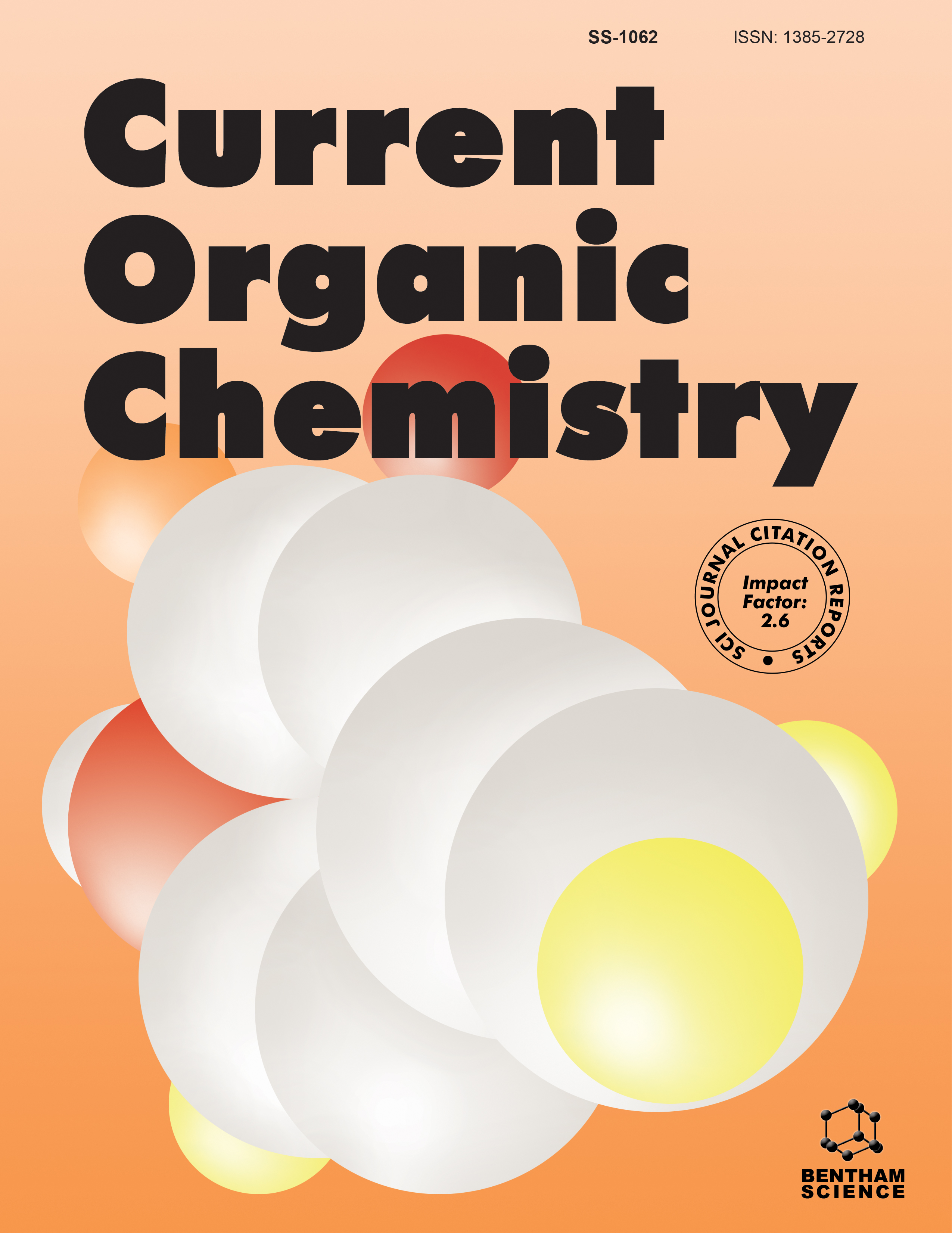-
oa Editorial [Hot topic:Chiral Nonracemic Fluorinated Compounds, the Synthesis and Applications (Guest Editor: Z.-P. Liu)]
- Source: Current Organic Chemistry, Volume 14, Issue 9, May 2010, p. 888 - 888
-
- 01 May 2010
- Previous Article
- Table of Contents
- Next Article
Abstract
The chemistry of organic fluorine compounds is a rapidly developing area of research because of their importance in biochemical and medicinal applications and material science. Introduction of fluorine atom into biologically active compounds often leads to improvement of chemical, physical properties and biological activity, metabolic stability and selectivity of the parent compounds due to the unique properties of the fluorine atom. Chiral organofluorine compounds are interesting and important materials with applications in analytical, biological and medicinal chemistry as well as chiral building blocks, chiral derivatization reagents and synthetic intermediates for organic synthesis. This special Hot Topic issue highlights the substantial progresses on the electrophilic asymmetric fluorination methodologies, the synthesis and applications of some important chiral nonracemic fluoro-containing organic compounds. In the past twenty years, we have witnessed the truly intense efforts in the development of asymmetric fluorination reactions for the synthesis of chiral nonracemic fluoro-organic molecules with a fluorine atom on a stereogenic center. Electrophilic asymmetric fluorination has proven to be a particularly effective method for the synthesis of optically active fluoro compounds. In the first review provided by us (L.- L. Cao, B.-L. Gao, S.-T. Ma and Z.-P. Liu, School of Pharmaceutical Sciences, ShandongUniversity, China), the substrate-mediated diastereoselective electrophilic fluorinations for the synthesis of chiral organofluorine compounds is discussed, followed by chiral reagentcontrolled stoichiometric asymmetric electrophilc fluorination of achiral compounds, with emphasis on the developments and applications of neutral chiral N-F agents based on the sultam templates, including our contributions to this field, and the charged chiral [N-F]+ reagents derived from the fluorinated cinchona alkaloids or the alkaloids/Selectfluor combination. The recently developed catalyst-controlled enantioselective fluorination is a more elegant and attractive method for the synthesis of chiral organofluorine compounds. The second review, provided by Y. K. Kang and D. Y. Kim, Department of Chemistry, Soonchunhyang University, Korea, focus on the recent advances in catalytic enantioselective fluorination of active methane compounds like β-ketoesters, α- chloro-β-ketoesters, malonates, α-cyanoacetate, β-ketophosphonates, α-cyanophosphonates, etc. Catalytic fluorination mediated by various metal complexes, organocatalysts and chiral phase-transfer catalysts are discussed. The third review was written by J. L. Acena, A. Simon-Fuentes and S. Fustero, Departamento de Quimica Organica, Facultad de Famacia, Universidad de Valencia, Spain and Laboratorio de Moleculas Organicas, Centro de Investigacion Principe Felipe. They presented an overview on the recent developments in the synthesis of fluorinated β-amino acids, including 69 references covering the reported literatures from 2004. They comprehensively summarized the diverse methods for the synthesis of fluorinated acyclic β-amino acids, cyclic β-amino acids and β-peptides. The fourth review came from T. Fujiwara and Y. Takeuchi, Graduate School of Medicine and Pharmaceutical Sciences for Research, University of Toyama, Japan. They focused mainly on their excellent work in the synthesis of chiral fluorothalidomide and 2-aryl-2- fluoropropionic acids and their applications in medicinal chemistry, in the developments of chiral α-monofluorocarbonyl compounds as chiral derivatizing agents for the determination of enantiomeric excess and absolute configuration of chiral alcohols and amines by 19F NMR spectroscopy. T. Fujishima, S. Fujii and H. Harayama, Faculty of Pharmaceutical Sciences at Kagawa Campus, Tokushima Bunri University (Japan), contribute to the fifth review, including 67 references, which deals with the synthesis and biological activity of fluorinated vitamin D. Due to the special features of fluorine, the fluorinated vitamin D analogues exhibited unique activity profiles and metabolism stability. The use of fluorinated analogues as tools for the structural analysis of the flexible hormone 1α,25-dihydroxyvitamin D3 was also discussed. The last review was contributed by Y. Cheng, A.-L. Guo and D.-S. Guo, Department of Chemistry, Shandong Normal University, China. The current review comprises 72 references and highlights the major advancement of fluorinated carbohydrates since 2000. The diverse approaches for the synthesis of fluorinated carbohydrates and those functionalized analogues that contain the N, P, S and halogen moieties and their applications in bioorganic chemistry are summarized. Finally, as a guest editor for this special issue, I would like to thank all of the authors from different parts of the world for their valuable and excellent contributions. I also sincerely thank all the referees for their valuable comments on the papers submitted.


